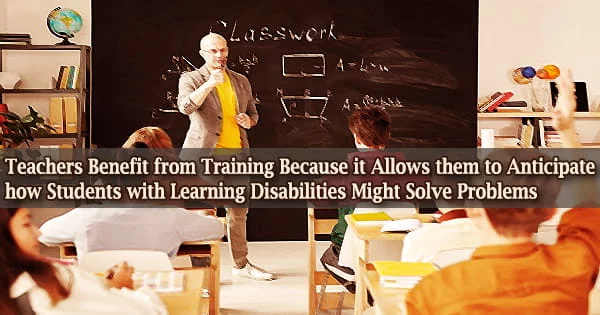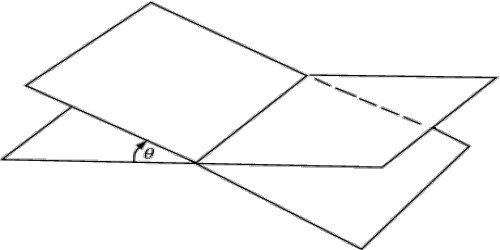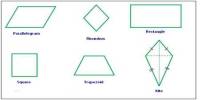Researchers from North Carolina State University discovered that a four-week training course significantly improved special education teachers’ ability to anticipate multiple ways children with learning difficulties would solve math problems. According to the findings, the training would enable instructors to recognize and respond to a student’s requirements more quickly.
Researchers suggest their findings, which were published in the Journal of Mathematics Teacher Education, could help special education teachers build techniques to respond to children’s math reasoning and inquiries in advance.
They also claim that the findings highlight the necessity of mathematics education preparation for special education instructors, an area where researchers claim there are little possibilities.
“Many special education programs do not include a focus on mathematics for students with disabilities, and few, if any, focus on understanding the mathematical thinking of students with disabilities in particular,” said the study’s first author Jessica Hunt, associate professor of mathematics education and special education at NC State.
“This study was based on a course experience designed to do just that to heighten teacher knowledge of the mathematical thinking of students with learning disabilities grounded in a stance of neurodiversity.”
The influence of a four-week course on 20 pre-service special education teachers was assessed in this study.
The researchers aimed to see if the course affected educators’ capacity to predict the mathematical thinking of students with learning difficulties and assist teachers in making tasks more accessible. Neurodiversity, which defines cognitive differences as a natural and positive outgrowth of neurological and biological diversity, was also stressed throughout the course.
The course helped teachers move from a top-down, one-size-fits-all view of this is how you solve these problems, to an anticipation of how actual students who are learning these concepts for the first time might think through these problems. That’s a very different stance in terms of educating teachers to anticipate student thinking so they can meet it with responsive instruction.
Jessica Hunt
“Neurodiversity says that all human brains are highly variable, with no average or ‘normal’ learners,” Hunt said. “This means that we all have strengths and challenges, and as humans we use what makes sense to us to understand the world. It’s a way to challenge pervasive deficit approaches to looking at disability, and to instead use an asset-based approach that positions students with learning disabilities as mathematically capable.”
Teachers completed a 40-question survey before and after the course. In the study, teachers were asked to identify an approach that primary school students with learning difficulties might use to address an issue using words, drawings, or symbols.
They compared teachers’ responses to evaluate how well they predicted students’ thinking and how they may adapt activities for them.
They noticed higher anticipation of “implicit action” after the training, which is when people use tactics like counting, halving, grouping, or anticipating the number of people who will share a given item to solve a problem.
It is frequently portrayed by images or words. Many teachers employed “static representations” before the test, in which they used mathematical formulas to demonstrate solutions.
Researchers stated that whereas static representations are abstract representations of solutions, implicit actions can reflect how students with learning difficulties would approach an issue.
Teachers’ use of implicit action increased from 32% to 82 percent of responses before and after the exam, while static representation declined from 50% to 17% of responses. Because some teachers left some answers blank, their responses did not sum up to 100%.
“The course helped teachers move from a top-down, one-size-fits-all view of this is how you solve these problems, to an anticipation of how actual students who are learning these concepts for the first time might think through these problems,” Hunt said.
“That’s a very different stance in terms of educating teachers to anticipate student thinking so they can meet it with responsive instruction.”
Before and after the course, researchers looked at how professors changed arithmetic problems to make them more approachable to students. Researchers discovered that after taking the course, more teachers adjusted the problem type. They saw a change in 50% of the responses.
“The benefit of anticipating students’ thinking is to help teachers to be responsive and support students’ prior knowledge as they’re teaching, which is a really hard thing to do,” Hunt said. “It’s even harder if you don’t yet appreciate what that thinking could be.”
















